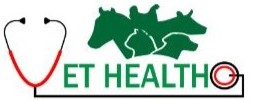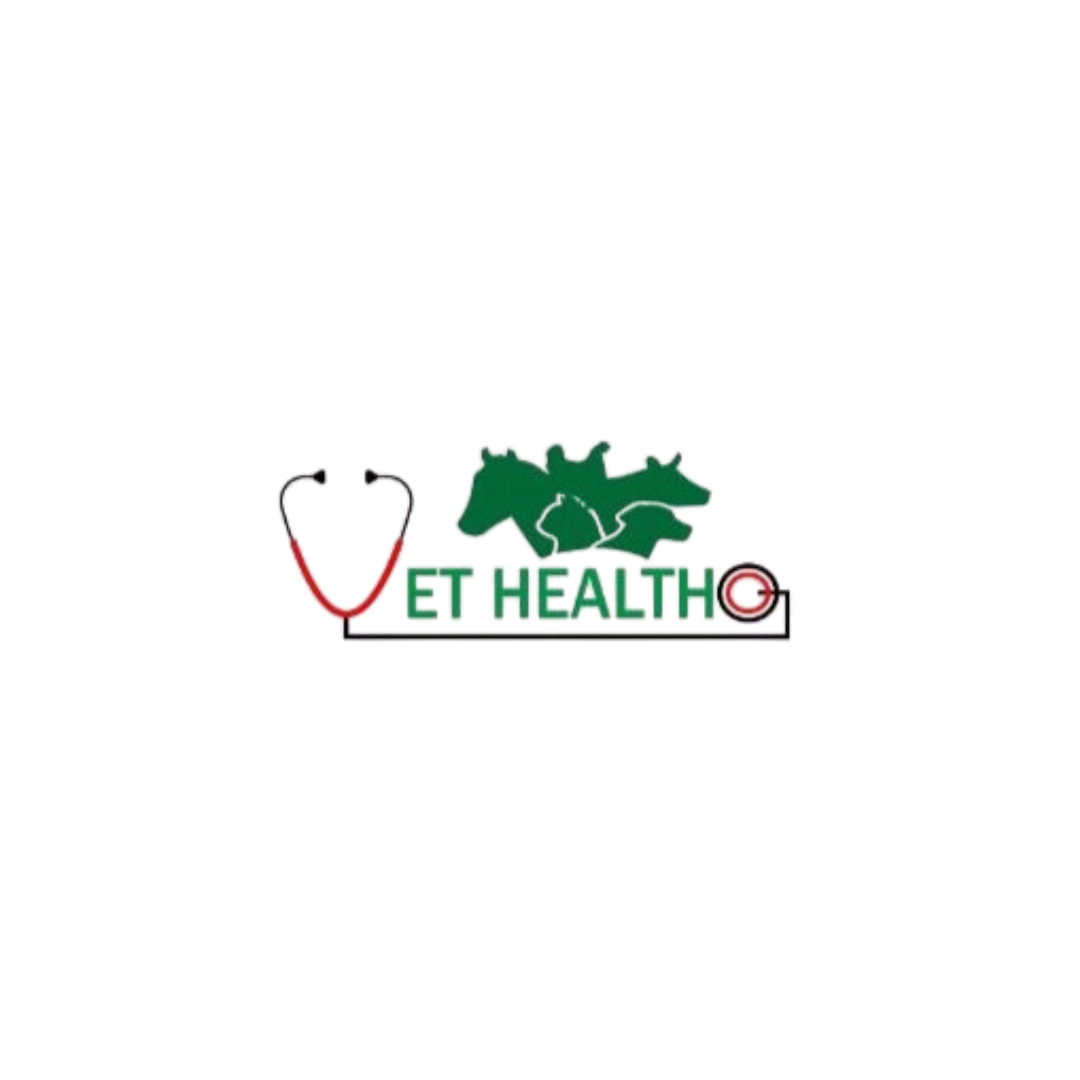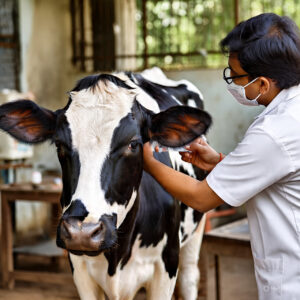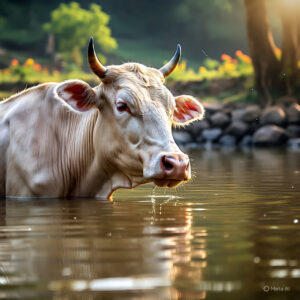Best practices for cow breeding help dairy farmers improve calf health and boost milk production effectively.
🐄 Introduction
Cow breeding is essential for maintaining productivity in dairy and meat production.
Proper practices ensure healthy calves and consistent milk supply.
Good breeding also prevents health issues in cows.
This guide outlines the best practices for cow breeding.
🐮 Importance of Cow Breeding
Breeding helps maintain herd strength and milk production.
Regular breeding ensures one calf per year per cow.
Healthy breeding leads to better profits for farmers.
It also improves the genetic quality of animals over time.
🧬 Natural Breeding vs Artificial Insemination
✅ Natural Breeding
Natural breeding uses bulls to mate with cows directly.
It is commonly practiced in small-scale farms.
It needs less training but poses disease risks.
Selecting a healthy bull is crucial in this method.
✅ Artificial Insemination (AI)
AI involves inserting semen into the cow’s uterus artificially.
This method allows use of superior bull semen across locations.
It prevents the spread of breeding-related infections.
AI helps select better genes for future calves.
🔍 Heat Detection in Cows
Heat detection is the key to successful breeding.
Cows usually show heat signs every 21 days.
Typical signs include restlessness and mounting other cows.
A cow in heat stands still when mounted.
🕒 Best Time for Breeding
Breeding is best done 12 to 18 hours after heat signs appear.
This timing increases the chance of conception.
Morning and evening checks help detect heat accurately.
Recordkeeping helps identify patterns in heat cycles.
🥗 Nutrition Before and After Breeding
Proper nutrition is vital for breeding success.
Cows should be fed protein-rich green fodder and minerals.
Mineral mixture helps balance reproductive hormones.
Post-breeding care includes vitamin A and E supplements.
👩⚕️ Veterinary Support
Regular veterinary checks improve breeding outcomes.
Ultrasound can detect pregnancy in early stages.
Diseases like Brucellosis should be ruled out.
Vets also assist in managing missed or failed conceptions.
🧼 Hygiene and Environment
A clean environment helps prevent infections during breeding.
Clean hands and tools are essential during AI.
Cows must be kept in dry and hygienic sheds.
This reduces the risk of reproductive tract infections.
🐄 Post-Breeding Care
Check the cow for pregnancy after 60-90 days.
Avoid physical stress and long travel for pregnant cows.
Provide a balanced diet and clean water daily.
Track calving dates and prepare in advance.
🧾 Record Maintenance
Maintain accurate records for every cow.
Track heat cycles, insemination dates, and pregnancy results.
Good records help plan breeding and calving efficiently.
It also improves overall herd management.
📊 Benefits of Scientific Breeding
Scientific breeding increases milk yield.
It reduces chances of genetic defects.
AI allows faster herd improvement.
It helps develop disease-resistant and high-yielding breeds.
🌱 Breeding Indigenous vs Exotic Breeds
Indigenous breeds adapt better to Indian climate.
They have high disease resistance and low maintenance needs.
Exotic breeds give more milk but need more care.
Crossbreeding combines the strengths of both types.
💡 Common Mistakes to Avoid
Missing heat signs leads to missed breeding.
Overfeeding or underfeeding affects fertility.
Delaying pregnancy checks leads to poor herd planning.
Ignoring hygiene invites infection and abortion risks.
🙌 Farmer Awareness
Trainings and workshops help farmers adopt best practices.
Governments offer AI services at subsidized rates.
Mobile apps can help track heat and health data.
Awareness improves success rate and herd quality.
🧭 Conclusion
Proper cow breeding practices ensure healthy cows and calves.
Follow heat detection, nutrition, and hygiene guidelines.
Use AI to improve genetics and yield.
Scientific breeding is key to sustainable dairy success.




